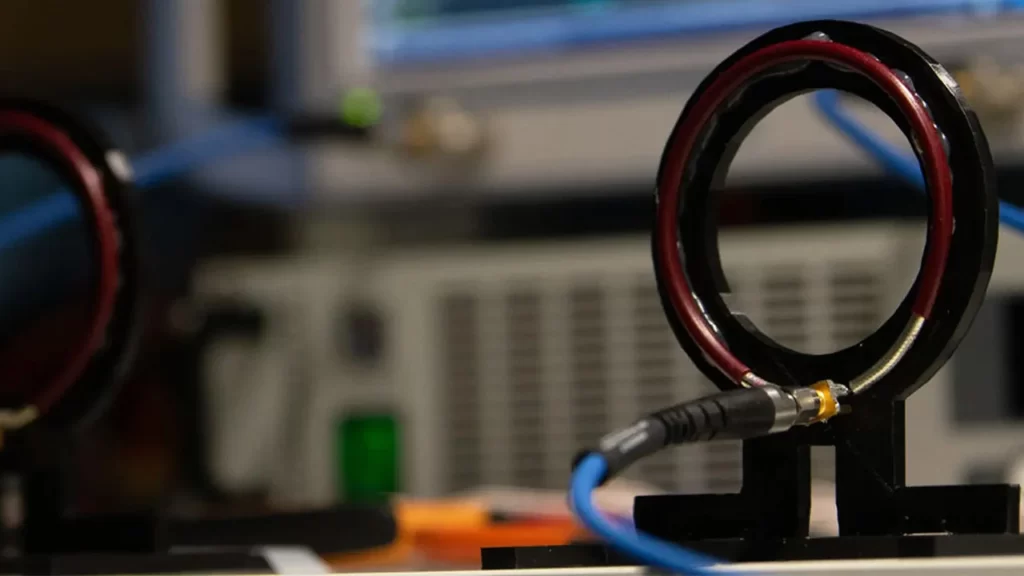Jul 25, 2023
The use of wireless chargingThese days, wireless charging is becoming more and more common. Our phones and even items like AirPods use this technology. However, when we examine the consumption rates, the figures abruptly begin to decline. This is primarily due to wireless charging not being fully wireless. It can be more difficult to use a charging pad than a USB-C or Lightning cable because your smartphone needs to touch it. However, Aalto University engineers have created a new technology that can correct this. Here are the specifics…
Researchers at Aalto University create a long-distance wireless charging system.
A device must currently be put on a pad or dock in order to charge wirelessly, which isn’t all that much more handy than wired charging. For instance, despite having a wireless charging pad and a phone that can utilise it, I seldom ever use it. The goal of experts who are aware of the situation is to develop true wireless charging that doesn’t require any surface contact.


Magnetic induction is now used in wireless charging methods to transmit power over short distances, but this has the disadvantage of limiting the charger’s range and the amount of power that can be transferred. Of course, this range could be extended. However, as the distance between the power source and the receiver increases, the effectiveness of wireless charging rapidly declines. Because of this, scientists have been trying to find a technique to extend the range without decreasing efficiency for a while. Aalto University engineers have now developed a new method that might enable more effective wireless power transmission across greater distances.
It’s important to note that this isn’t the creation of an organisation like Apple or Xiaomi before delving into more depth. As a result, there won’t be anything available for purchase anytime soon. In actuality, the product doesn’t exist at all. Simply put, the Aalto team has created a fresh dynamic theory. Despite the fact that certain tests have been done and this is a significant step, it is still just a research paper. But it’s equally important to keep in mind that these studies form the cornerstone of all contemporary technologies.
Two loop antennas measuring 7.2 cm (2.8 in) in width each were used to test the theory. They were able to reduce the radiation resistance in the loops and boost efficiency by adjusting the currents in the antennas. The power transfer efficiency remained excellent at over 80% even when the devices were put 18 cm apart. The research team at Aalto has issued the following comment on the matter:
Nam Ha-Van, the study’s principal author, said, “We wanted to strike a compromise between efficiently delivering power and the radiation loss that inevitably occurs over longer distances. It turns out that we can offset the radiation loss and increase efficiency when the currents in the loop antennas have identical amplitudes and opposite phases.
It’s unlikely that you considered 18 cm to be a significant distance. But as we’ve already mentioned, technology is only at its infancy, and in time, it’s very probable to reach near perfection. This might significantly change how we use our technology. Particularly when you take into account the fact that manufacturers like Apple and Samsung have taken the charger out of the packaging for some items, including phones. What are your opinions on this subject then? Do you regularly use wireless charging technology?


